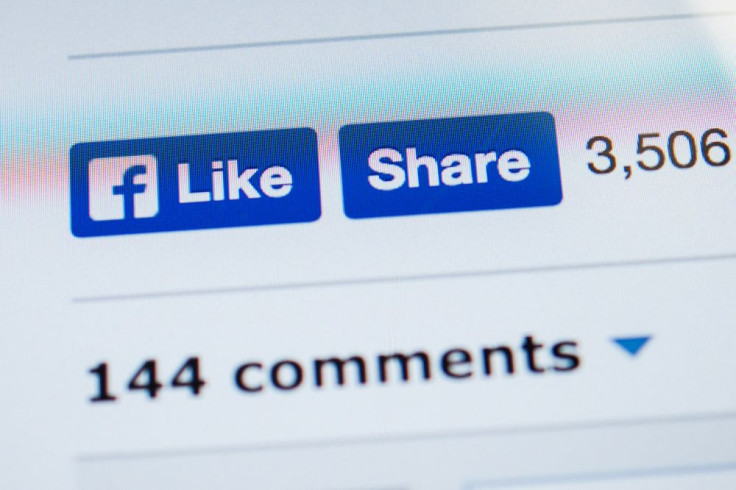Belief In Fake News On Facebook Stems From Distrust In Government, Mainstream Media

When it comes to sharing information, Facebook is one of the go-to outlets. The information spreads fast and just about everyone is connected. But for every piece of real news, it seems, there’s at least one piece of fake news — news that people are sharing because they believe it. Why are people so gullible? Researchers from Northeastern University’s Laboratory for the Modeling of Biological and Socio-Technical Systems believe they know the answer.
By now, everyone should know that stories from The Onion aren’t real news. Seriously, it takes only a little common sense to realize headlines like "John Kerry Poses As Masseuse To Get Few Minutes With Putin" aren’t real. Another story that’s been circulating lately is this fake gem: "200 Million Years Old Dinosaur Eggs Hatches In Berlin Museum," which uses a photo of a dinosaur/egg model.
The researchers study, titled “Collective Attention in the Age of (Mis)information,” found that the people who believe these stories tend to be people who also put their faith in conspiracy theories, and who are more likely to mistrust mainstream media.
They discovered this after analyzing Facebook use among 2.3 million Italians leading up to the 2013 election. They first categorized Facebook pages into “alternative information sources,” “mainstream media,” and “online political activism.” They found that Facebook users frequented these types of pages equally. However, there was a stronger connection between people who frequented political-movement pages, where people could express discontent about the political climate, and alternative news sources, which included memes and fake articles supporting conspiracies and other topics “neglected by science and the mainstream media.”
Knowing that these people were less likely to believe mainstream media — possibly believing that it’s run by the government — and more likely to interact with alternative news sources, the researchers tested 1,279 users’ responses to 2,788 completely false “troll” posts. One of the most popular posts spoke about the passage of a law allocating 134 billion euros to funding job placement for policymakers who lose their jobs in an election. The post was shared almost 35,000 times in less than a month. Yet, the senator named in the post, Cirenga, was fake; the total number of votes for and against the law was higher than possible; 134 billion euros was over 10 percent of Italy’s GDP, and the law itself was fake.
“According to our results, users with strong preferences for alternative information sources, perhaps motivated by the will to avoid the manipulation played by mainstream media controlled by the government, are more susceptible to false information,” the authors wrote.
The study is an interesting take on social media trends. As mainstream media and local governments continue to be in the dark about the recent disappearance of the Malaysia Airlines flight, many people have started to look to unsubstantiated sources. On the other hand, as Slate points out, Italy is a peculiar country to analayze these trends in, as its former prime minister owned three of its most popular TV networks and the Five Stars Movement — a major new political party — is run by a comedian.
So, with that said, Italy may not have been the best country to examine, but these trends persist throughout other parts of the world too. While it’s not necessarily a bad thing to distrust the government and mainstream media, it wouldn’t be smart to place trust in alternative news sites either. After all, they do say you can’t believe everything you see on the internet.
Source: Mocanu D, Rossi L, Zhang Q, et al. Collective Attention in the Age of (Mis)information. 2014.



























